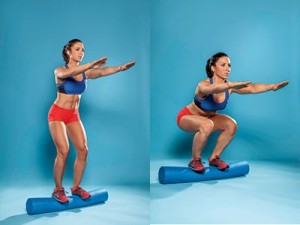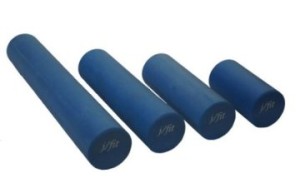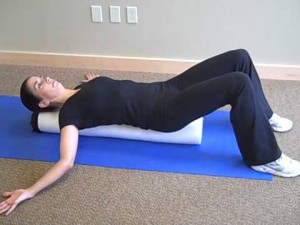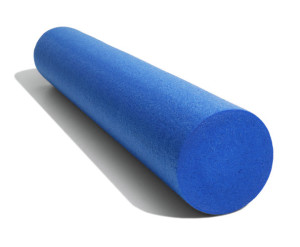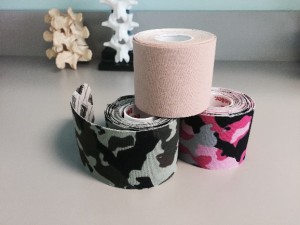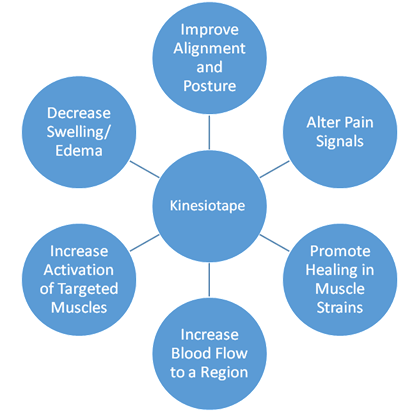Every year, there are many injuries and fatalities that are caused by a lack of home safety. There are many different ways you can modify your home and your daily routine to ensure safety. Here is a list of home safety tips:
1. Secure scatter rugs.
2. Have contrasting colors on transitions into different rooms, stairs, and different level surfaces.
3. Avoid using cleaners that make the floor slippery.
4. Always wear supportive shoes/slippers without an opening back.
5. Avoid walking in socks without grippers.
6. Have a night light to your bathroom.
7. Make sure steps have a non-slip surface.
8. Make sure you have proper lighting in all areas.
9. Make your bath/shower skid proof.
10. Purchase a non-slip bath mat.
11. Store heavy items below shoulder level.
12. Avoid wearing loose clothing while cooking on the stove.
13. Check expiration dates on food and medications.
14. Take your medication in a well-lit room.
15. If you have a medical history and or history of falls, invest in a medical alert system.
16. Remove clutter from your floors to avoid tripping.
17. Do not put too many electric cords into one socket.
18. Install a smoke detector.
19. If using a space heater, make sure it is 3 feet away from anything that could burn.

